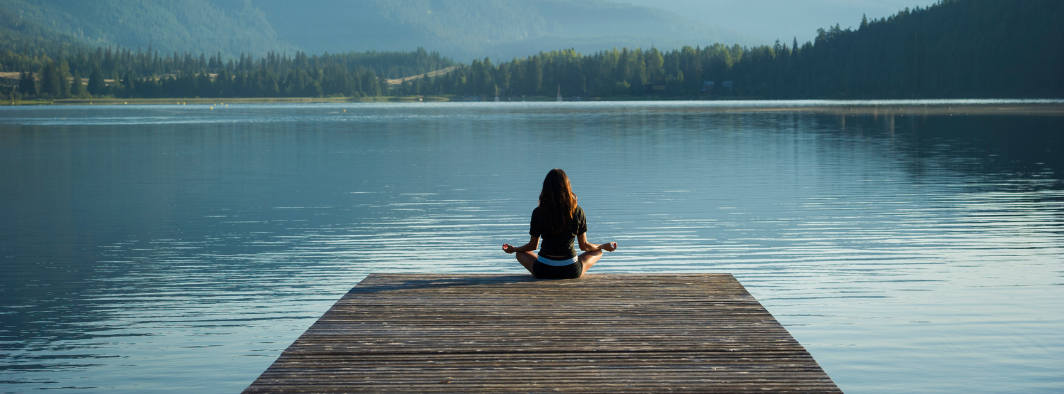🧭 Introduction
In a world driven by productivity, notifications, and constant demands, it becomes easy to disconnect from oneself. The body becomes a mere vehicle, and emotions become interferences to be regulated.
What if dance, this ancestral and universal art, offered us a shortcut to ourselves?
Dancing is not just about moving to music — it is about inhabiting your body , feeling , anchoring yourself in the moment , expressing what cannot be expressed in words .
This article offers a five-part journey to explore how dance allows us to reconnect with ourselves , through the body, the present moment, emotions and the connection with others.
1. 💃 Reconnect with your body: feel rather than perform
Today's society values performance, control, and appearance. Yet, in dance, it is often letting go that opens the way to a true reconnection with the body.
Dancing allows you to:
- Feel your support on the ground, your posture, your breathing;
- Identify tensions, blocked areas;
- Reclaiming your body as a space for expression and not for judgment.
Practices like intuitive dance , the 5 rhythms or free dance encourage us to move without a goal, without a mirror, without external evaluation. We are not trying to "dance well", but to dance truly .
"The body never lies." – Martha Graham

2. 🧘Dance as meditation in movement
Dance anchors us in the present moment . When we follow a piece of music, a rhythm, a partner, it is impossible to think about our to-do list. The mind fades away to make way for sensation.
In this sense, dancing can become a form of mindfulness in movement :
- We feel every gesture;
- We listen to his breathing, the music, the silence between the sounds;
- We let thoughts pass without holding on to them.
Dancing then becomes a meditative ritual , a way of finding inner calm without necessarily sitting in the lotus position.

3. 🎭 Explore and express your emotions
The body is the seat of emotions. When words fail, movement takes over. We can dance our anger , cry while dancing , transform sorrow into movement .

Dance provides a safe space where emotions can be expressed without judgment or censorship. It becomes a form of catharsis , as dance therapy has shown in many clinical settings.
Each emotion finds its own gestures, its own energy, its own tempo. And by letting it out, we free ourselves.
“Dance your pain until it becomes light.” – Anonymous
4. 🤝 Reconnect with yourself… and with others through empathy
Reconnecting with oneself through dance also opens a space for sincere connection with others . In couple dances or dance circles, listening becomes essential.

In a two-person dance, bodily dialogue is based on the ability to perceive the other , adjust , and offer a fluid response . This mobilizes a deep form of non-verbal empathy .
By better understanding our own feelings, we become more attentive to those of others.
In social dances (salsa, tango, kizomba, etc.), this empathy becomes almost tactile.
It manifests itself in the silence between two gestures, in the delicacy of guidance, in respecting the limits of the other's body.
🔚 Conclusion
Dancing isn't just about learning steps. It's about finding yourself . Finding yourself in a living body. In a pure moment. In a sincere emotion. In a sensitive human connection.
It is a path back to oneself, accessible, joyful, sometimes overwhelming... but always liberating.
So today, what if you danced? Not to look good. Not to impress. Just to be .
To go further
Want to further explore the power of dance as a tool for reconnecting with oneself? Here's an inspiring resource:
🎥 Video – Why We Dance by Gabrielle Roth (in English)
A short video explaining how the founder of 5 Rythmes sees dance as a path to healing, listening to the body, and personal transformation.

